Introduction
Saltwater Duck, a culinary delight hailing from China’s Jiangsu province, is renowned for its tender texture, subtle flavor, and the perfect balance of saltiness. Unlike other duck preparations that rely heavily on spices and marinades, saltwater duck’s charm lies in its simplicity—a testament to the art of letting high-quality ingredients shine through minimal intervention. In this comprehensive guide, we’ll walk you through the process of crafting your own homemade saltwater duck, ensuring every step is detailed and accessible, even for those new to the culinary arts.
Section 1: Understanding the Ingredients
Before diving into the recipe, it’s crucial to understand the role each ingredient plays in achieving the desired result. Here’s a breakdown:
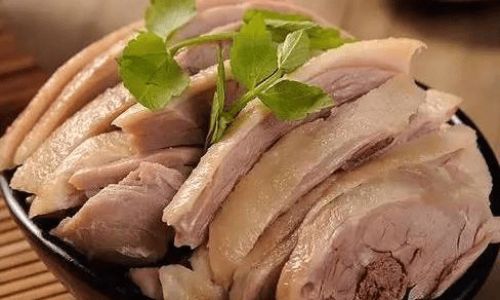
-
Duck: Choose a whole duck, preferably fresh and free-range, for optimal flavor and texture. The size can vary, but a medium-sized duck (around 4-5 pounds) is ideal for most household ovens.
-
Salt: The cornerstone of saltwater duck, using coarse sea salt or kosher salt is recommended as it adheres better to the skin and provides a more even seasoning.
-
Water: Pure, clean water is essential. The quality of water can subtly affect the taste of the final dish.
-
Ginger and Scallions: These aromatic ingredients add a subtle layer of flavor without overpowering the duck’s natural taste. Fresh ginger root and scallions (green onions) are preferred.
-
Bay Leaves and Star Anise: These spices contribute a hint of aromatic complexity, enhancing the duck’s overall profile.
-
Rice Wine Vinegar (Optional): A splash of rice wine vinegar can help tighten the duck’s skin during cooking, resulting in a crispier exterior.
-
Ice Cubes: Using ice in the cooking liquid helps to keep the temperature low, ensuring a gentle cooking process that retains moisture and tenderness.
Section 2: Preparation and Brining
The brining process is vital for seasoning the duck thoroughly and ensuring it stays juicy during cooking. Here’s how to do it:
-
Cleaning the Duck: Begin by rinsing the duck thoroughly under cold running water. Remove any feathers, excess fat, and internal organs. Pat the duck dry with paper towels; moisture can interfere with the brining process.
-
Preparing the Brine: In a large pot, combine 1 cup of coarse sea salt with enough water to fully submerge the duck. Add 3-4 slices of fresh ginger, 3-4 whole scallions tied into a bundle, 2 bay leaves, and 2 star anise pods. Bring this mixture to a boil, then reduce to a simmer for about 5 minutes to allow the flavors to meld. Turn off the heat and let the brine cool completely. This can be expedited by placing the pot in an ice bath.
-
Brining the Duck: Once the brine is cool, submerge the duck completely. If necessary, weigh it down with a plate to ensure it stays submerged. Cover the pot and refrigerate for 12-24 hours. The longer the duck brines, the saltier and more flavorful it will be, but be mindful not to over-brine, as this can make the meat too salty.
Section 3: Preparing for Cooking
After brining, there are a few more steps to prepare the duck for cooking:
-
Rinsing and Drying: Remove the duck from the brine, rinse it under cold water to remove any excess salt, and pat it dry thoroughly with paper towels. Make sure to get into all the crevices to avoid steam pockets during cooking.
-
Trussing the Duck: Trussing, or tying the duck, helps it cook more evenly by keeping its shape intact. Use kitchen twine to tie the legs together and tuck the wingtips under the body.
-
Air-Drying: Place the trussed duck on a wire rack set over a rimmed baking sheet. Let it air-dry in the refrigerator, uncovered, for at least 4 hours or overnight. This helps to dry out the skin, promoting a crispier finish.
Section 4: Cooking the Duck

Now, it’s time to cook your beautifully prepared duck. We’ll use a combination of steaming and simmering to achieve the classic saltwater duck texture and flavor.
-
Setting Up for Steaming: Fill a large pot or wok with enough water to reach just below the steaming rack. Bring the water to a boil. Place the duck, breast side up, on the steaming rack. Cover the pot tightly with a lid to trap steam.
-
Steaming the Duck: Steam the duck for about 1 hour. This gentle cooking method helps to cook the duck evenly while keeping the meat moist and flavorful.
-
Preparing the Simmering Liquid: While the duck is steaming, prepare the simmering liquid. In a large, wide pot, combine 6-8 cups of water with 1/4 cup of coarse sea salt (adjust based on taste preference), 3 slices of fresh ginger, 3 whole scallions, 2 bay leaves, and 2 star anise pods. Bring this mixture to a gentle simmer.
-
Adding Ice Cubes: Once the simmering liquid is ready and the duck has finished steaming, carefully transfer the duck to the simmering liquid. Immediately add a handful of ice cubes to the pot. This rapid temperature change helps to tighten the duck’s skin, ensuring a crispier exterior.
-
Simmering: Maintain a gentle simmer, uncovered, for about 45 minutes to 1 hour, depending on the duck’s size. Use a spoon to gently baste the duck with the simmering liquid occasionally. The duck is done when the internal temperature reaches 165°F (75°C) and the meat is tender but not falling apart.
Section 5: Finishing Touches
Once the duck is cooked, there are a few final steps to enhance its presentation and flavor:
-
Resting the Duck: Remove the duck from the simmering liquid and place it on a clean wire rack set over a rimmed baking sheet to cool slightly. Let it rest for at least 20-30 minutes. This resting period allows the juices to redistribute, ensuring a moist and flavorful bite.
-
Crisping the Skin (Optional): For an extra crispy skin, you can broil the duck for 2-3 minutes on each side, watching carefully to avoid burning. Alternatively, you can use a blowtorch to caramelize the skin.
-
Carving and Serving: With a sharp knife, carve the duck into serving pieces. Serve it warm or at room temperature, accompanied by a simple dipping sauce made from soy sauce, rice vinegar, a touch of sesame oil, and finely chopped scallions.
Section 6: Tips and Troubleshooting
-
Ensuring Even Cooking: Trussing the duck and using a steaming method helps ensure even cooking. If you notice one part of the duck cooking faster than the other, adjust its position accordingly.
-
Controlling Saltiness: Taste the simmering liquid before adding the duck. If it’s too salty, add more water. Remember, the duck has already been brined, so be cautious with additional salt.
-
Crispy Skin Secrets: Air-drying the duck and using the ice cube trick are crucial for achieving a crispy skin. Avoid piercing the skin with forks or knives during preparation, as this can release juices and prevent crisping.
Conclusion
Making homemade saltwater duck may seem like a daunting task, but with careful preparation and attention to detail, you can achieve a restaurant-quality dish right in your own kitchen. The beauty of this recipe lies in its simplicity and the way it allows the duck’s natural flavors to shine. Whether you’re entertaining guests or enjoying a quiet meal at home, saltwater duck is a dish that promises to impress. Happy cooking!
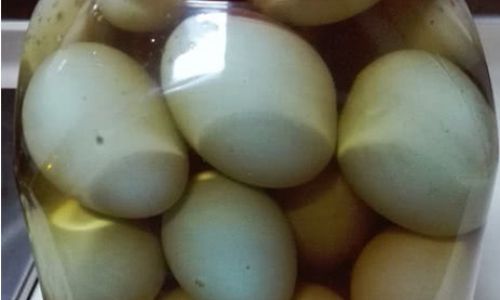
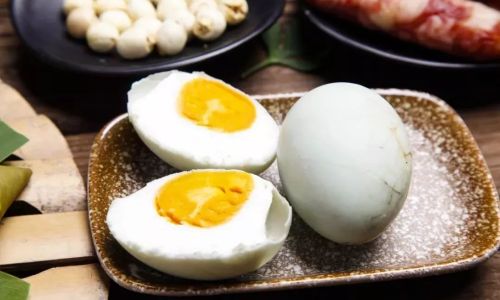
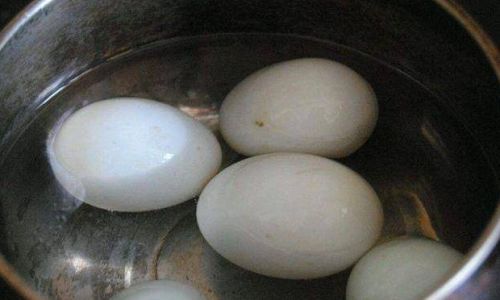
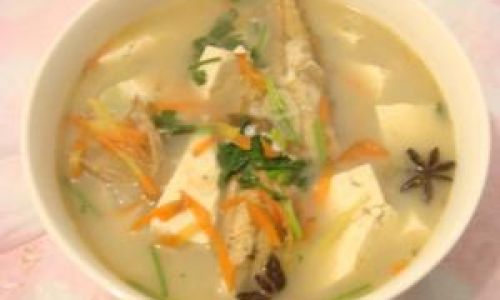
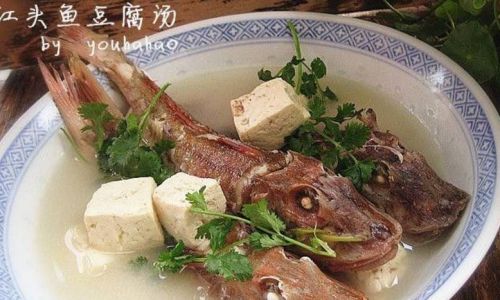
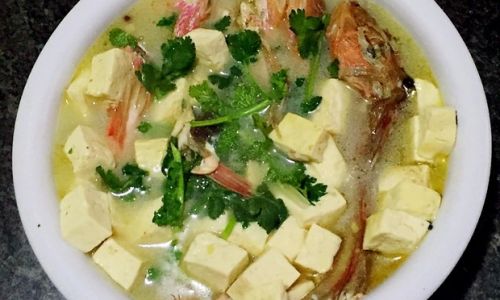
0 comments